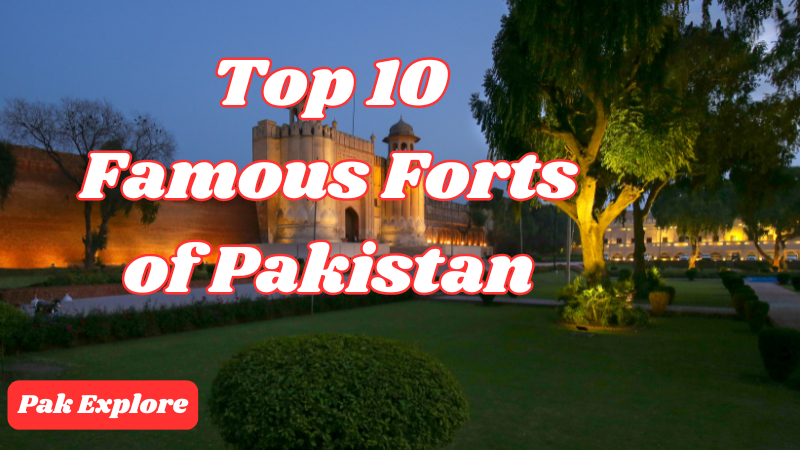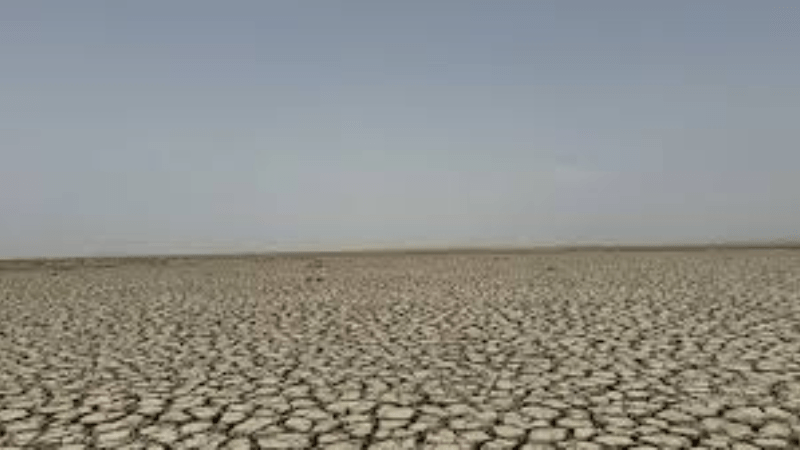Famous Forts of Pakistan
Introduction
The land of Pakistan is rich in historical forts and forts that reflect its ancient heritage, culture and military strategy. These forts were built in different eras and their purpose was defense, residence and governance. Today, these forts are not only historical monuments but also important tourist attractions. In this article, we will examine some of the most famous forts in Pakistan, looking at their history, architectural features, and cultural significance.
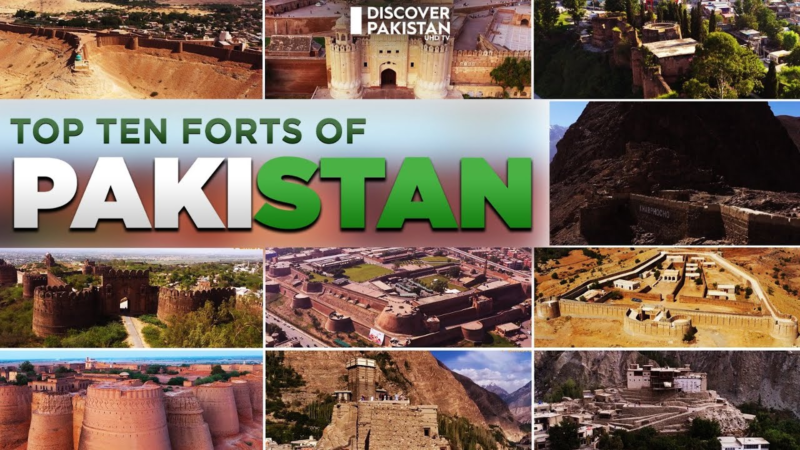
Famous Forts of Pakistan on youtube
Table of Contents
Lahore Fort
History:
The Lahore Fort, located within the city of Lahore, is an important monument of the Mughal era. Its construction began in 1566 AD during the reign of King Akbar. This fort was used for the protection of the city as well as for carrying out government affairs.
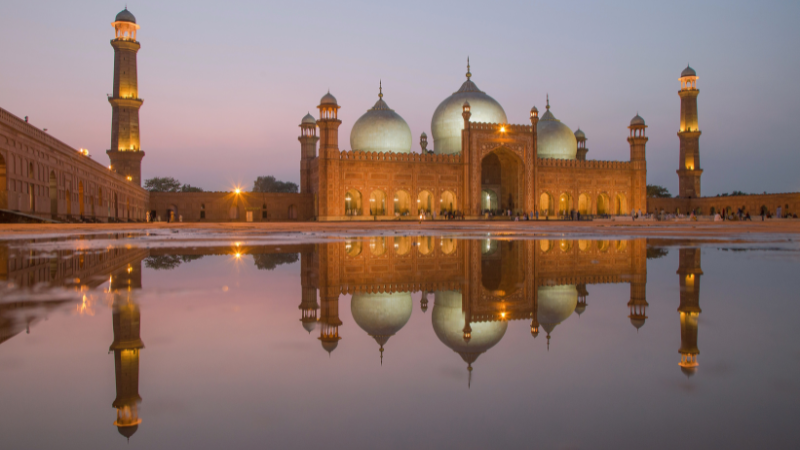
Construction Features:
The walls of Lahore Fort are made of strong stone and masonry. It has a large entrance gate with minarets on either side. Inside the fort are several important buildings such as Sheesh Mahal, Badshahi Masjid, and Kothe which are excellent examples of Mughal architecture.
Cultural Significance:
Lahore Fort is not only a historical monument but also an important part of Pakistani culture. Various festivals, cultural events, and fairs are held here, making this place a popular tourist attraction.
Rohtas Fort
History:
Rohtas Fort, built in 1541 AD during the reign of Afghan king Sher Shah Suri, is a great historical fort. This fort is located near the Jhelum and its purpose was to consolidate the power of the Afghans against the Mughal Empire.
Construction Features:
The walls of Rohtas fort are about 3 km long and it is situated in a hilly area. The fort has several major gates including the Big Darwaza (Cannon Gate) and the famous Qila Gulab. The towers built in the fort and the strong defensive system add to its importance.
Cultural Significance:
Rohtas Fort was added to the UNESCO World Heritage List in 1997. This historic fort is still a popular tourist destination and its historical and cultural significance remains intact.
Bahawalpur Fort
History
Bahawalpur Fort, built in the 19th century, is located in the city of Bahawalpur. This fort was built for the residence of Nawab Bahawalpur and glimpses of Islamic architecture can be seen in its construction.
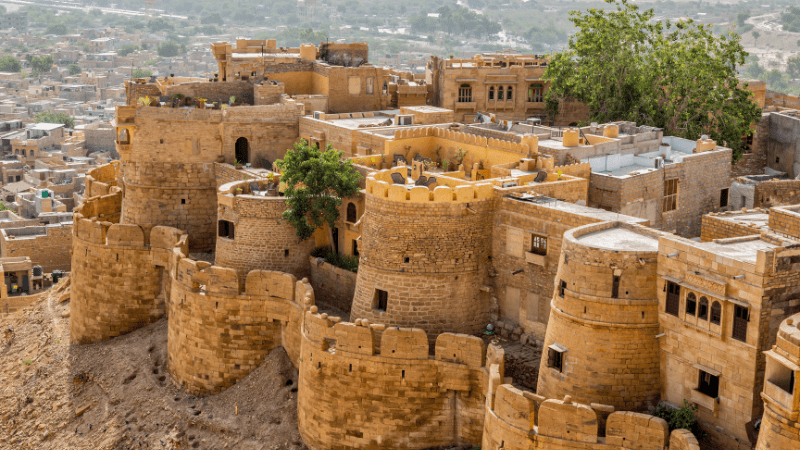
Construction Features:
Bahawalpur Fort is constructed using red bricks, which gives it a unique look. The interior of the fort has huge ceilings and beautiful decorative elements, which add to its beauty.
Cultural Significance:
The importance of Bahawalpur Fort lies in its historical status as well as its architecture. The fort is still an important part of the local culture and hosts various cultural programs and exhibitions.
Qalaat Fort
History
Qalaat Fort is located in Qalat city of Balochistan and has a very ancient history. This fort was used as the residence of the kings of Kalat state. The date of construction of this fort is not clear, but it is believed to have existed since at least the 17th century.
Construction Features:
The walls of Qalaat Fort are made of stones and it is situated on a high hill. Inside the fort there are various buildings including the king’s court and living quarters. Among the main features of the fort are its powerful defensive walls.
Cultural Significance:
Qalaat Fort reflects the culture of Balochistan and is an important part of the history of the province. The fort is still an important tourist attraction and various cultural programs are organized here.
Peshawar Fort
History
Peshawar Fort, also known as Bacha Khan Fort, dates back to the 16th century. This fort is located in the ancient city of Peshawar and was an important defensive point.
Construction Features:
The walls of the fort are made of heavy stone and its structure is stable. Inside the fort there are various rooms and a large courtyard which highlights the centrality of the fort.
Cultural Significance:
History
Peshawar Fort is an important part of the local culture and is also part of the historical museum. Forts Historical exhibitions are organized here that describe the culture and history of Peshawar.
Ghazni Fort
History
Ghazni Fort is located in the Khyber Pakhtunkhwa province of Pakistan. The fort is historically important and dates back to the 11th century. This fort became important during the reign of Mahmud Ghaznavi.
Construction Features:
Strong stone was used in the construction of Ghazni Fort and its walls are still in place today. Examples of beautiful architecture can be seen in the buildings of the fort.
Cultural Significance:
The historical significance of Ghazni Fort is linked to its past strategies and stories of conquest. This fort is still an important place for tourists and its historical stories are the focus of people’s attention.
Swat Fort
History
Swat Fort, located in the Swat Valley, has historical significance. This fort was built during the Mughal era and was built to improve defense strategies.
Construction Features:
The walls of Swat Fort are made of strong stone and it is located with a beautiful view of the valley. There forts are various historical buildings inside the fort which highlight its importance.
Cultural Significance:
Swat Fort is an important part of local culture and various cultural programs are organized here. This fort keeps the historical legends of Swat alive and is a popular tourist destination
Mohenjo Daro Fort
History
Mohenjo Daro Fort is located in the Sindh province of Pakistan and is the remains of an ancient civilization. The fort is in the shape of an ancient city that was settled in 2500 BC.
Construction Features:
Various types of bricks have been used in the construction of Mohenjo Daro Fort and its structure reflects the modern style of architecture. There are remains of various buildings in the fort which show its importance.
Cultural Significance:
The cultural significance of Mohenjo Daro is linked to its ancient civilization. The fort is still an important tourist attraction and its historical heritage is protected.
Fort Shahi
History:
Qila Shahi, located in Lahore, is an important monument of the Mughal era. This fort was built during the reign of King Akbar and later completed during the reign of King Jahangir.
Construction Features:
A glimpse of Mughal architecture can be seen in the construction of Qila Shahi. Inside the fort there are Shesh Mahal, Rose Garden, and other important buildings that add to its beauty.
Cultural Significance:
Qila Shahi is an important part of the culture of Pakistan and various cultural events and festivals are held here. The fort is a tourist attraction and its historical significance remains intact even today.
Jalandhar Fort
History:
Jalandhar Fort is located in the Punjab province of Pakistan and was built in the 15th century. The fort was an important defensive point and saw many important events in its history.
Construction Features:
The walls of Jalandhar Fort are made of solid stone and include various defensive systems. There are also large rooms and gardens inside the fort.
Cultural Significance:
Jalandhar Fort is an important part of the local culture and its historical significance remains intact even today. The fort is a popular tourist destination and various cultural programs are organized here.
The result
The famous forts of Pakistan are not only historical monuments but also reflect the culture, architecture, and history of the country. These forts are still a source of attraction for people and promote tourism. It is very important to protect and maintain these forts so that future generations can also understand their importance and beauty. These forts are a valuable part of Pakistani history and their identity is intertwined with the country’s cultural heritage.
___________
You may also like
Mehndi: A traditional art and beauty tool
